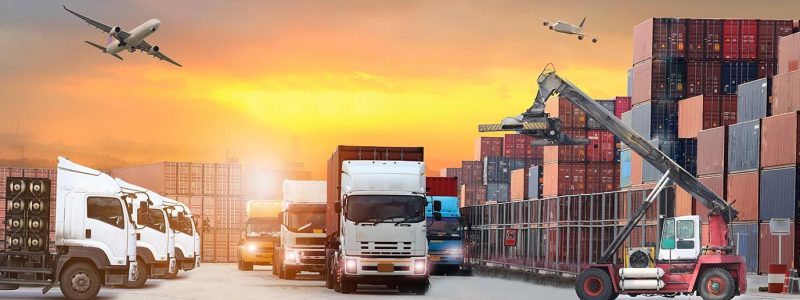
Some 7.9% of Ukrainian exporting enterprises face obstacles in their activities, according to a survey by the Institute for Economic Research and Policy Consulting.
The rate in 2020 is the lowest since 2016, according to the study. In 2018, some 23.6% of exporters faced obstacles, while 19.3% in 2017 and 26.9% in 2016.
Large and small businesses (10.4% and 10.7%) more often report impediments to export compared to micro (8.1%) and medium (4.1%). Most often, they deal with obstacles in the implementation of exports by enterprises in the service sector (22.6%).
In Chernivtsi, Ternopil, Zhytomyr, Donetsk regions, there are no complaints about the presence of obstacles. Most often, such are reported by exporters from Rivne (22.2%), Ivano-Frankivsk (20%), Kirovohrad (20%), Sumy (20%), Poltava (18.8%) regions.
The main obstacles to export are the absence of simplified rules for determining the origin of goods (20.4%), a long wait for export clearance at customs (20.4%).
Among importers, 18.9% of the surveyed enterprises stated that they faced obstacles to their activities. This figure is also the lowest in all waves of the study since 2016. Some 28.4% of importers faced obstacles in 2018, some 29.3% in 2017 and 35.2% in 2016.
Cherkasy region is the only region where there are no complaints about import obstacles. Enterprises in Mykolaiv region most often point to impediments to imports (35.7%, every third respondent).
According to the respondents, the main obstacle to import is a lack of transparency in determining the customs value of goods that are imported (38.7%). Almost a third complain about the complexity of customs and tax legislation (32.4%). The third place in the rating of obstacles is taken by high rates of customs payments (27.5%).
The survey was conducted in 2020 by the civil society initiative “For Fair and Transparent Customs” with the support of the European Union, the International Renaissance Foundation and Atlas Network. More than 1,000 representatives of enterprises were interviewed: from micro-enterprises to large enterprises engaged in export and/or import. Most of the respondents are micro and small enterprises, representatives of industry and trade.